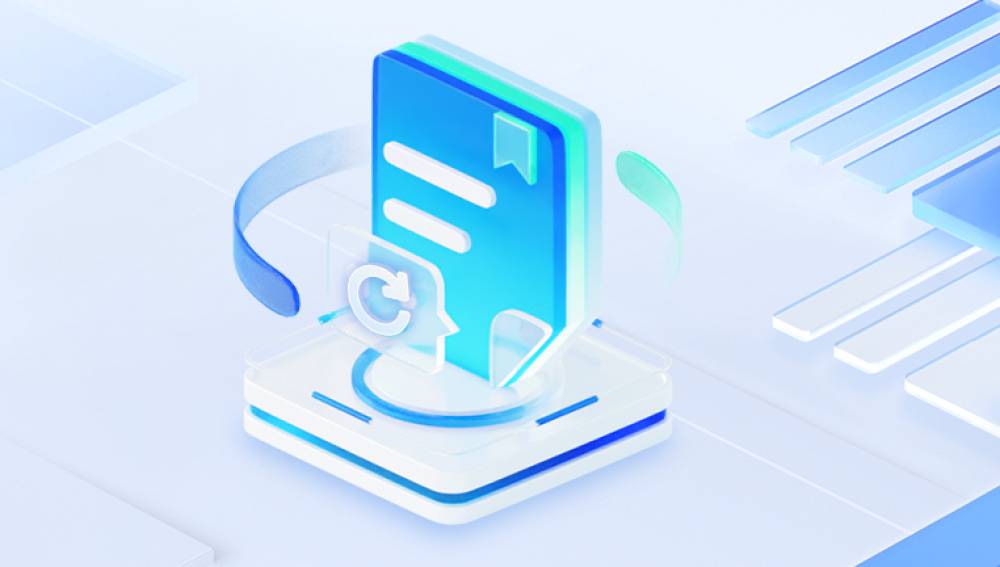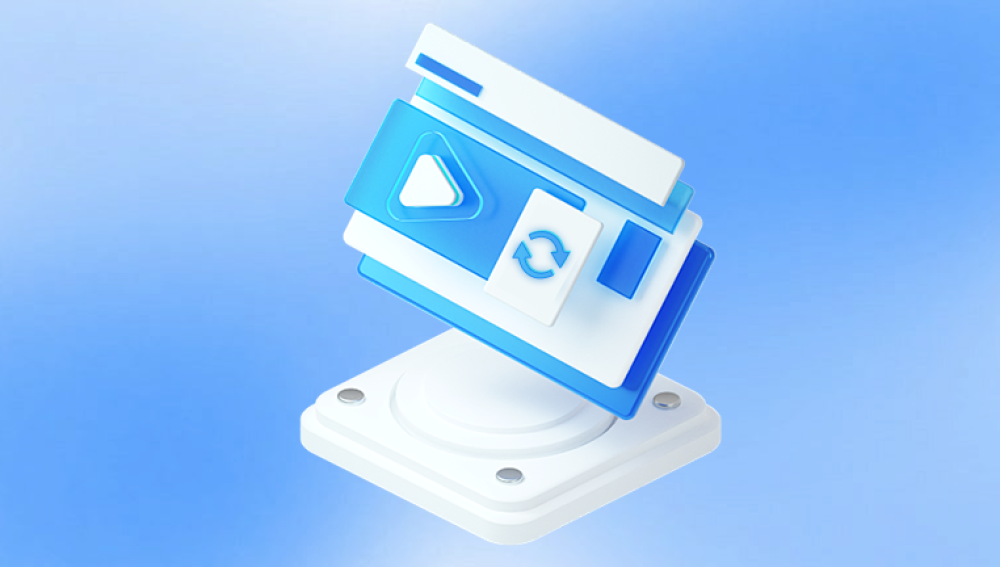AOL Mail, one of the pioneers in the world of internet-based email services, still maintains a user base of loyal individuals who rely on it for personal and professional communication. Despite evolving technology, email remains central to digital communication, and losing an important email can be both frustrating and detrimental.
AOL Mail's Email Deletion Process
Before diving into the methods of recovery, it's important to understand how AOL Mail treats deleted emails:
Deleted Items Folder (Trash): When you delete an email, it doesn’t vanish immediately. Instead, it is moved to the Trash folder where it is stored temporarily.
Retention Period: AOL typically keeps emails in the Trash folder for seven days. After that, they are permanently removed from your account unless you take action.

Spam Folder: Sometimes emails you’re missing may have been incorrectly flagged and sent to the Spam folder. AOL Mail auto-deletes spam messages after 30 days.
This retention policy provides a small window of opportunity to retrieve deleted messages directly from your account. If you act fast, there’s a good chance your email is still recoverable.
Method 1: Recover Emails from the AOL Mail Trash Folder
If the email was deleted within the last 7 days, it will likely be in your Trash folder. Here’s how you can restore it:
Steps:
Log in to your AOL Mail account using your username and password.
In the left-hand sidebar, locate and click on the “Trash” folder.
Browse through the deleted emails to find the one you want to recover.
Select the email by checking the box next to it.
Click the “More” option or right-click on the email and choose “Move to Inbox” or any other folder of your choice.
Once moved, the email is restored and available in the designated folder.
Notes:
If the email isn't there, verify you’re looking under the correct account (especially if you use multiple AOL email accounts).
Consider sorting the Trash folder by date or sender to make searching easier.
Method 2: Recover Emails from the Spam Folder
Sometimes emails are not deleted but incorrectly categorized as spam. Here's how to check:
Steps:
Go to your Spam folder located in the left sidebar.
Browse for the missing email.
If you find it, check the box next to it and click on “Not Spam” or move it manually to your Inbox or other folder.
This restores the email and also helps improve AOL’s spam filtering algorithm for your account.
Method 3: Use AOL’s Email Recovery Request (for Recently Deleted Emails)
If the email was permanently deleted from Trash (i.e., it has been more than 7 days), AOL’s recovery system does not offer a built-in “undelete” feature like Gmail’s Mail Restore Tool. However, you can attempt a manual recovery request through AOL support.
Steps:
Visit the AOL Help page.
Search for “recover deleted emails” in the search bar.
If available, submit a request or use the Live Chat option for AOL members.
Provide:
Your email address.
The approximate date/time of deletion.
Subject lines, senders, or keywords to help locate the email.
Important:
AOL doesn’t guarantee recovery of permanently deleted emails, but it’s still worth attempting if the data is critical.
Be respectful and detailed when communicating with support to increase your chances.
Method 4: Check Connected Email Clients (Outlook, Thunderbird, etc.)
If you’ve connected your AOL account to a desktop or mobile email client using IMAP or POP settings, there's a possibility the email is still stored locally even if it's been deleted from AOL's webmail.
IMAP vs POP:
IMAP: Synchronizes with AOL’s servers; deletions usually affect both locations.
POP: Downloads and stores emails locally; deletions on the AOL server don’t impact local storage.
What You Can Do:
Open your email client (e.g., Outlook, Apple Mail).
Search for the email using keywords or sender info.
Check local folders, including the Deleted or Archive folders.
If found, you can copy or forward the email back to your AOL address.
Method 5: Restore from a Backup
If you regularly back up your data or use a third-party email archiving service, you may be able to recover emails from those backups.
Potential Sources:
Computer backups (using tools like Time Machine on Mac or File History on Windows).
Cloud backups (Google Drive, Dropbox, OneDrive).
Third-party software specifically designed to back up AOL emails.
Steps:
Open your backup application or service.
Navigate to the date and time before the deletion.
Locate the folder or file containing the email data.
Export or import the email into your current AOL account.
Method 6: Recover Using Email Export Tools
There are software applications that can back up and recover AOL emails even after deletion. These tools work by retrieving cached or saved versions of your email stored locally.
Common Features:
Extract AOL emails from local cache.
Support for multiple formats (EML, PST, MBOX).
Option to re-import emails into AOL or another client.
Popular Tools:
Drecov Data Recovery -- Mail Recovery
MailStore Home – Free for personal use.
SysTools AOL Backup Tool – Commercial software.
Yodot Email Recovery – Useful for recovering deleted Outlook files (if AOL is connected via Outlook).
Always ensure the software is trustworthy and read reviews before installation.
Method 7: Check the Archive or Custom Folders
In some cases, emails may not be deleted but accidentally moved into a different folder, such as an Archive or Custom folder.
Steps:
Go to AOL Mail.
Use the Search Mail bar to look for keywords from the email.
Check folders you’ve created or used recently.
Review any filters or rules that may have automatically sorted the email.
This is particularly common for users with automatic filters set up in their account.
Method 8: Prevent Future Email Loss
While it’s essential to recover your current missing email, it's equally important to take steps to prevent this problem from happening again.
Recommendations:
Regular Backups: Use software or manual exports to regularly back up your important emails.
Enable Alerts: Activate notifications for suspicious logins or account changes.
Use Archive Instead of Delete: Archive emails you may need later instead of deleting them.
Double Check Before Deleting: Always ensure an email isn’t important before removing it.
Two-Step Verification: Add an extra layer of security to avoid account compromise, which can lead to mass deletions.
Troubleshooting Common Issues
“Email Not in Trash but I Just Deleted It”
Try refreshing the page or re-logging into AOL Mail.
Clear your browser’s cache.
Search using keywords or sender name.
“My Trash Folder Is Empty”
If you haven’t deleted any emails in 7+ days, AOL may have automatically purged them.
Your account may have been compromised, and someone else deleted them.
“I Can’t Log In to My AOL Account”
Visit the AOL login page and select “Forgot Password?”
Answer the security questions or use the recovery email/phone.
After regaining access, check your folders immediately.
AOL Premium Services for Enhanced Support
If you're using a free AOL account, recovery options are limited. However, AOL offers paid plans under “AOL Premium Services” which include:
Enhanced email support.
Automatic backups.
Advanced security features.
Priority recovery support.
If your emails are crucial for business or legal reasons, upgrading your plan may be worthwhile for future protection and assistance.
Special Considerations
Emails Lost Due to Hacking
If your AOL Mail account was hacked and emails were deleted maliciously:
Secure your account immediately:
Change your password.
Enable two-factor authentication.
Review recent login activity.
Contact AOL Support with a detailed explanation.
Check if the attacker created any filters to auto-delete emails.
Emails Disappearing Automatically
This may be due to third-party apps or filters.
Review all connected apps and revoke unnecessary access.
Account Inactivity
AOL may deactivate inactive accounts after a long period. If your account was deactivated:
You may not be able to recover old emails.
Try contacting AOL Support for account reactivation within a limited time frame.




